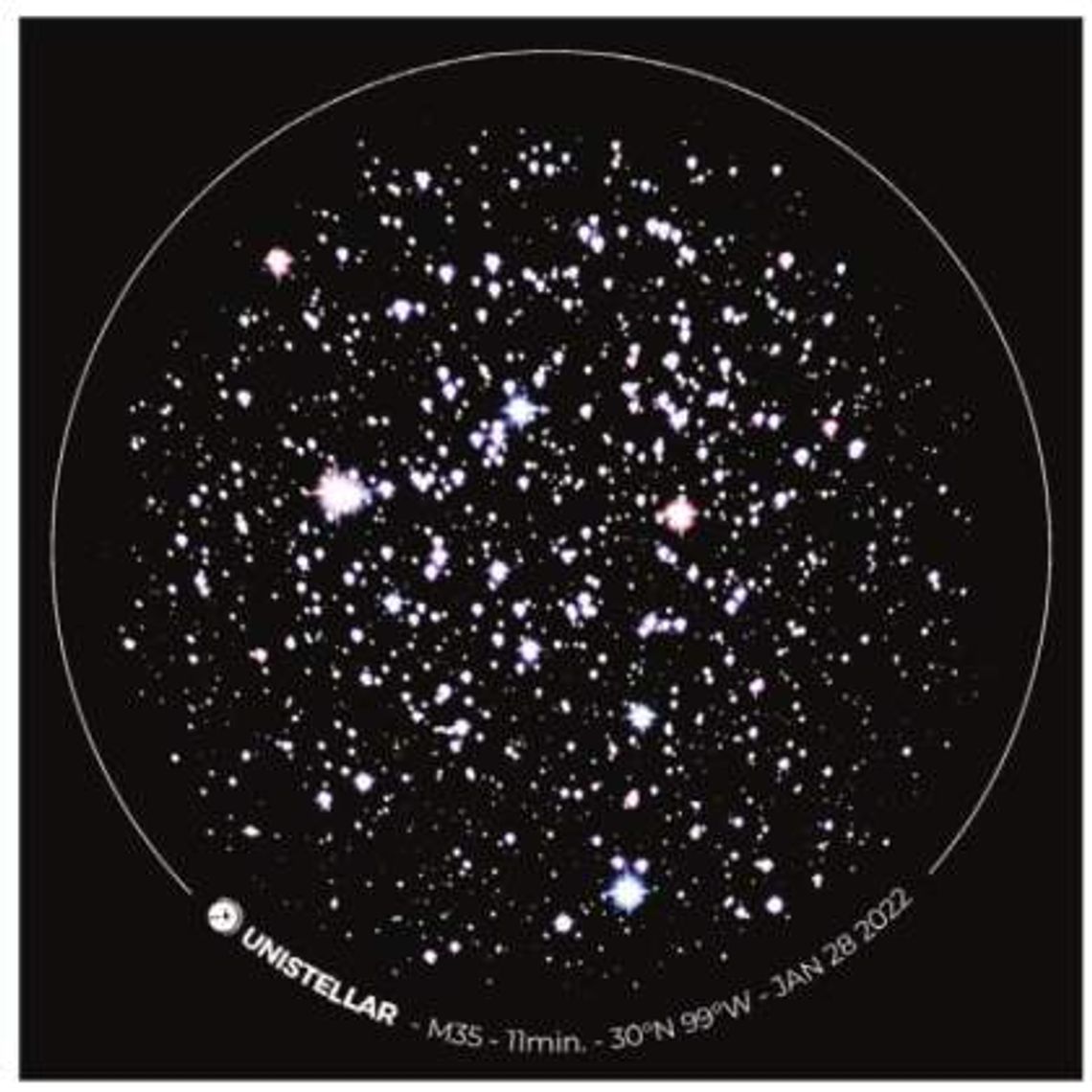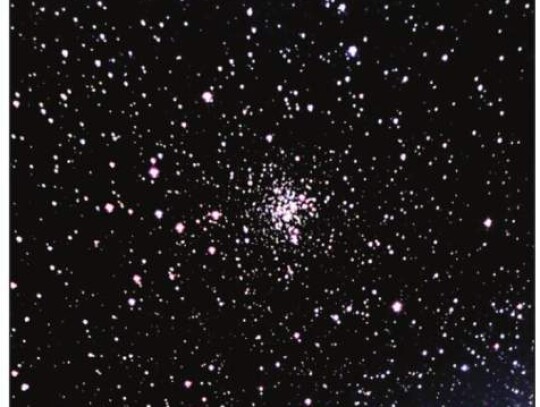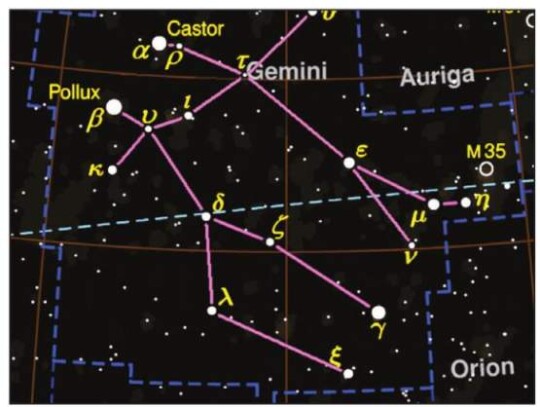March is an interesting month for amateur astronomers. The bright winter constellations are still well up in the sky and easily visible, but the spring constellations, harboring thousands of galaxies, are rising up in the east.
By mid to late March they’ll be well up in the sky heading toward overhead.
The distinctive shape of Leo starts the galaxy parade. Just off its tail lies the dim constellation of Coma Berenices. If you’re under a good, dark, country sky, you’ll see a large area of cloudiness just behind Leo’s tail. This is called Coma Berenice’s Hair.
According to Greek legend, Ptolemy left his new wife just a few days after marriage to make war somewhere. Berenices vowed to the gods to cut off her long, beautiful hair and offer it to the Greek beauty Aphrodite if her husband returned safely. Aphrodite then cast her hair into the heavens.
Ancient stories like this provide some background for how we come by the otherwise odd names for things in the sky. When we’re looking in this area we’re looking outward to the Milky Way’s outskirts with our back to the center of our galaxy. Since there is much less galactic gas, dust and background stars in that direction, we can see a great number of galaxies that are otherwise obscured in the summer months when we’re looking toward the center of our galaxy.
I have a challenge for you. Have you ever thought of trying to look for the bright planet Venus in broad daylight? It’s actually quite possible but you have to know exactly where to look.
With today’s cell phone apps, it’s possible to find night sky objects because they’ll guide you to them. These apps also will do the same in daylight.
Venus will be at greatest elongation on March 20, at which time it will be 46 degrees from the sun. It will be far enough from the sun for quite some time after that date. It will be more than 40 degrees from the sun From March 1 to May 15.
To see Venus in the daytime, you’ll need a clear sky. You’ll need to stand in deep shadow with the sun to your back. It will be easiest to see when Venus is highest in the sky as you’re looking through less atmosphere. It will be highest around 10 a.m. before Daylight Saving Time starts on March 13, 11 a.m. after that. It will be in our southern sky around those times.
The best bet is to stand in the shadow of a building. A pair of polarizing sunshades will help. Be very aware of where the sun is. Do not ever look at the sun with your naked eyes or sunshades, even for a second.
This is a naked eye challenge, no binoculars are required. If you’re lucky, it will just pop out at you as a bright, white dot. I repeat, when looking for objects in the sky in daylight, be very aware of where the sun is.
Now, I have two winter open clusters to show you. Both are extremely close to each other in our line of sight in the sky. They lie just to the right of the Gemini twin’s left foot as they’re facing you.
The interesting thing is M35 is a bright star cluster located 2,772 light years distant and 11 light years across. The seemingly smaller, fainter, open cluster is physically much larger, NGC 2158. It lies 11,000 light years away and is about 2 billion years old. If it were as close as M35, it would be the brightest open cluster in the winter sky!
The first image is M35, an 11-minute image run on Jan. 28. Exposures of open clusters don’t take nearly as long as with nebula.
The second image of NGC 2158, taken the same night, was an image run of 20 minutes and enlarged somewhat so you could see it better.
In the Gemini constellation outline, you can see where M35 is on the right bottom. NGC 2158 lurks just below. Both are beautiful in small telescopes. You may be able to see them in the same field of view, depending on your eyepiece.
One final item, mark July 23, 2022, on your calendar. There will be a city of Boerne public star party at City Lake that night, weather permitting. More information later.











Comment
Comments